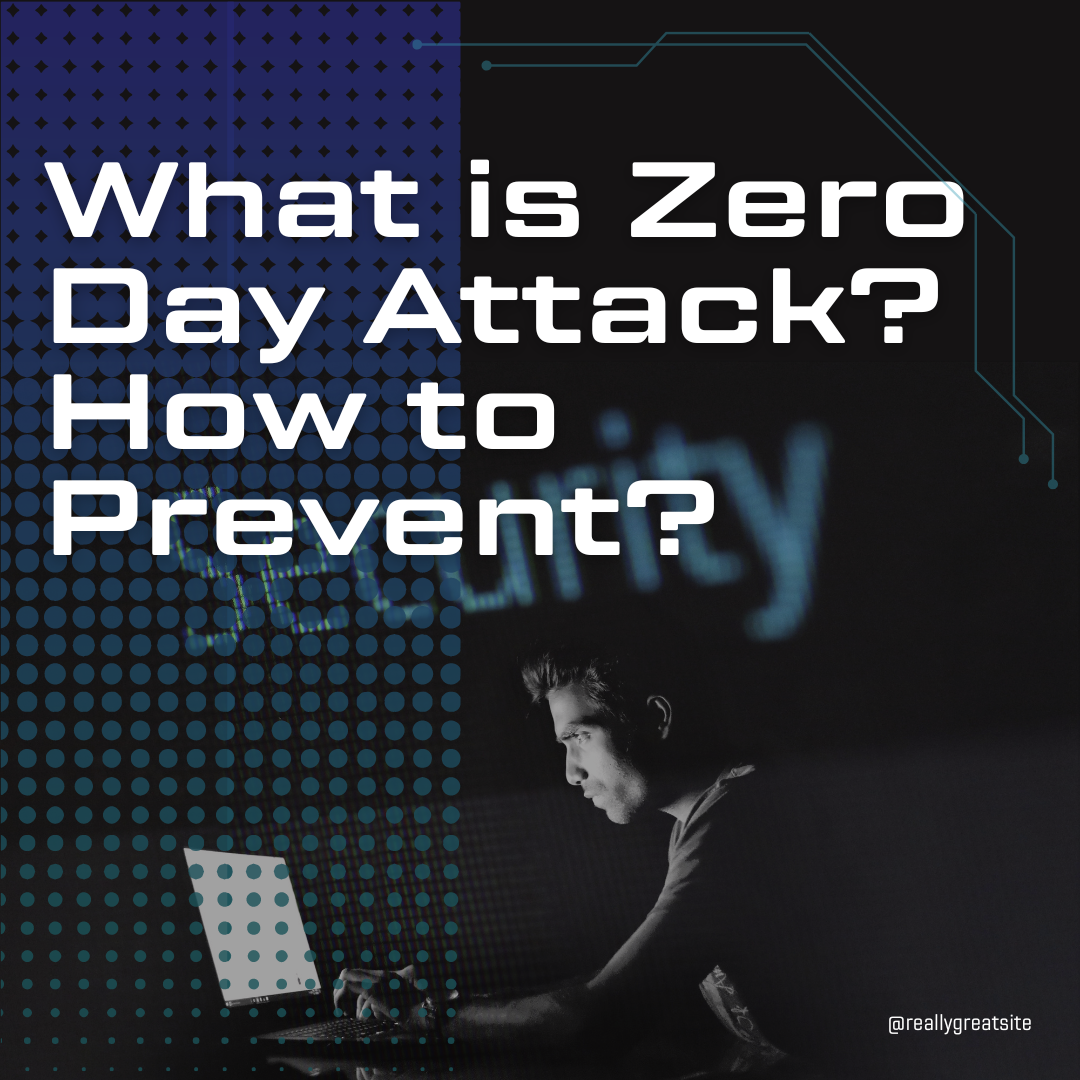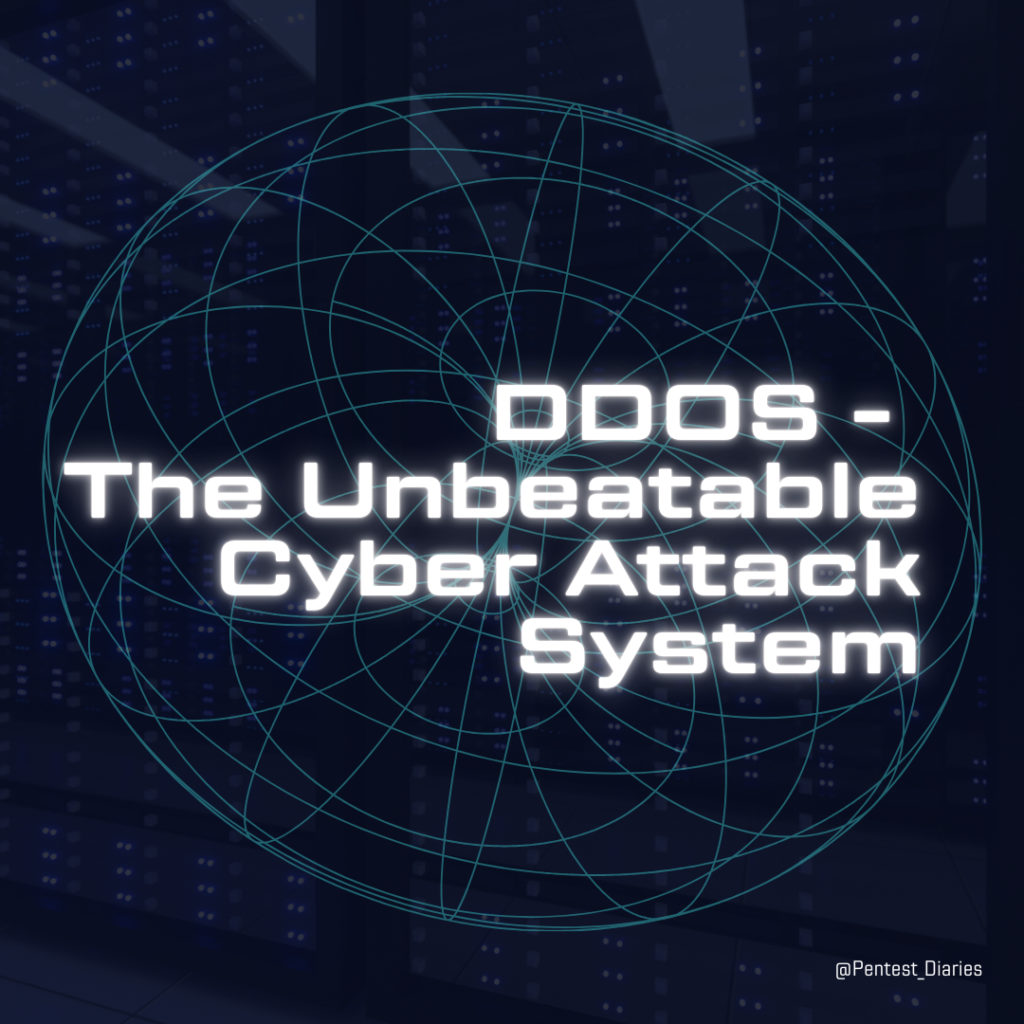What is Zero Day Attack? How to prevent?

What is Zero Day Attack and How to prevent it #cybersecurity #shorts
A zero-day attack, also written as 0-day attack, is a cyberattack that exploits a previously unknown vulnerability in software, hardware, or firmware. This means the software vendor or developer is unaware of the flaw, and no patch exists to fix it. This creates a window of opportunity for attackers to exploit the vulnerability before anyone knows about it.
Here’s a breakdown of zero-day attacks and how you can try to prevent them:
Characteristics of Zero Day Attacks:
- Exploitation of Unknown Vulnerabilities: Attackers leverage flaws that are not documented or publicly known, making it difficult for defenders to prepare.
- Rapid and Stealthy Exploitation: Zero day vulnerabilities are often exploited immediately after discovery, allowing attackers to breach systems before security measures can be updated.
- High Impact: These attacks can be highly damaging because there are no existing patches or defenses to mitigate the exploit, potentially leading to data breaches, system compromises, or disruption of services.
What Makes Zero-Day Attacks Dangerous?
- Surprise Factor: Since the vulnerability is unknown, there’s no defense mechanism in place. Organizations and individuals are susceptible until a patch is developed and deployed.
- Potentially High Impact: Zero-day attacks can be used to steal sensitive data, disrupt critical systems, or install malware.
- Advanced Attackers: These attacks are often employed by sophisticated attackers with significant resources.
How to Prevent Zero-Day Attacks (Although Complete Prevention is Difficult):
- Patch Management: Implement a rigorous patch management system to install security updates promptly whenever they become available. This significantly reduces the window of vulnerability.
- Security Software: Use a reputable antivirus and anti-malware solution that can detect and block suspicious activity, even if it’s not a known threat.
- Input Validation and Sanitization: This security practice involves checking and cleaning any user input to prevent attackers from injecting malicious code.
- Web Application Firewall (WAF): A WAF can help filter out malicious traffic and protect web applications from common attack vectors.
- Educate Users: Train employees on cybersecurity best practices, such as recognizing phishing attempts and avoiding suspicious links and attachments.
- Stay Informed: Keep up-to-date with the latest security threats and vulnerabilities by following reputable security blogs and resources.
Remember: While entirely preventing zero-day attacks is challenging, these strategies can significantly reduce your risk and make it more difficult for attackers to succeed.
Here are some additional points to consider:
- Threat Intelligence: Sharing information about potential vulnerabilities among security researchers and organizations can help identify and mitigate threats faster.
- Sandboxing: Sandboxing allows running suspicious code in a contained environment to analyze its behavior without risking damage to the main system.
- Next-Gen Security Solutions: Explore advanced security solutions that utilize machine learning and behavioral analysis to detect even unknown threats.
By employing a layered security approach and staying vigilant, you can increase your organization’s resilience against zero-day attacks.
@SAKSHAM DIXIT


